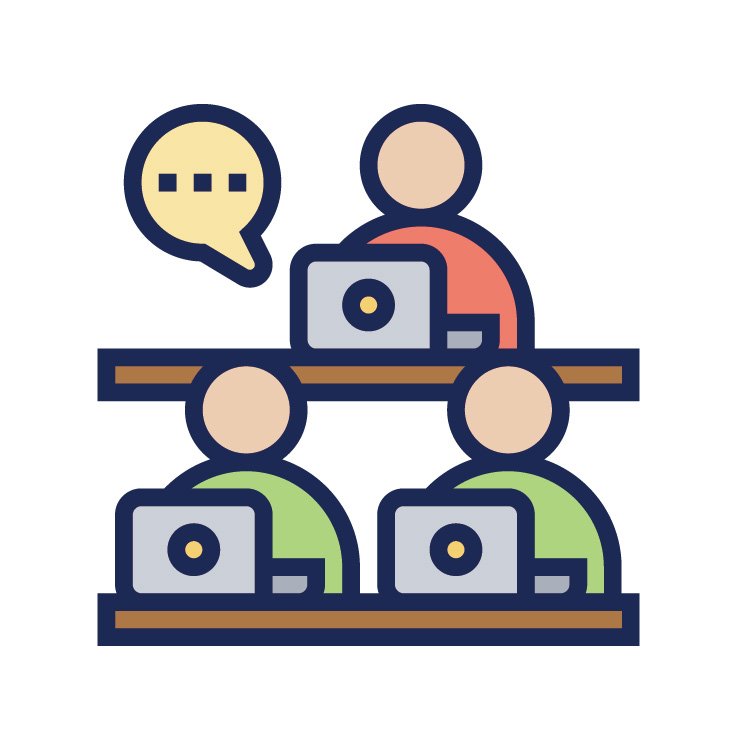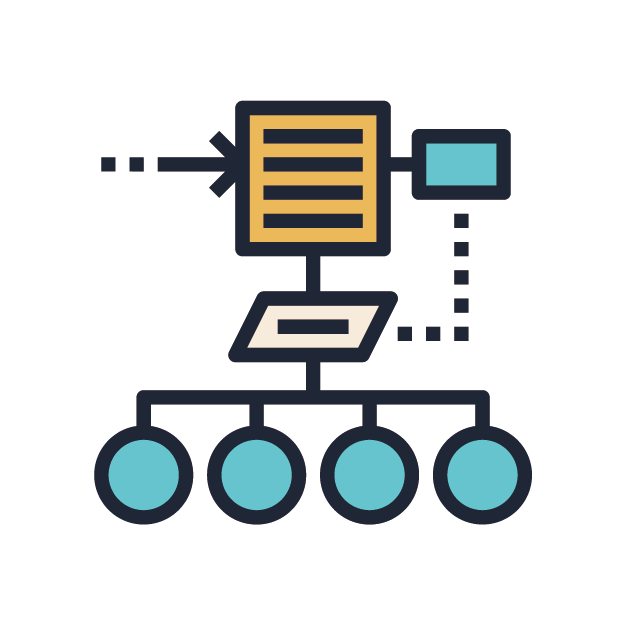“The best way to get a good idea is to have a lot of ideas” - Linus Pauling, Nobel Prize recipient for chemistry and for peace
People in corporate culture think that brainstorming is a mysterious event. Brainstorming sessions often have long silences, and only few people continue to dominate the discussion, making for a boring meeting or turning meetings into inept discussions filled with irrelevant chit-chat. That leads to a waste of valuable time. The actual reason is due to misconception between the two fundamental terms “meeting” and “brainstorming”. Meeting refers to the gathering of people to discuss a topic with a clear objective and process details aimed at generating efficient and effective outputs. On the other hand, brainstorming is functionally the same as meetings, however the substance is totally different.
Typical meetings have precise topics. The “objective” of the meeting emphasizes analysis and logic more than imagination, while brainstorming allows various thoughts to skyrocket the free flow of “creative ideas”, unbounded by rigid analysis or logic, often deviating from the initial limited intent of the meeting.




















